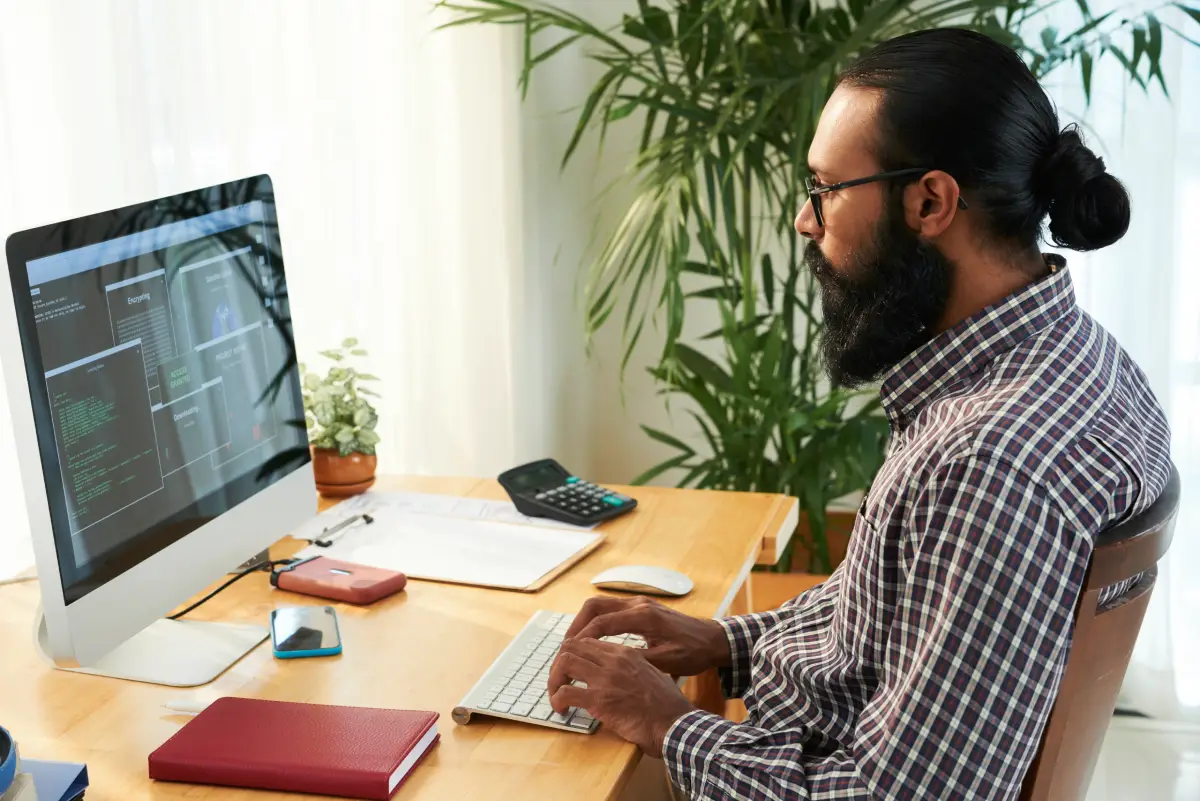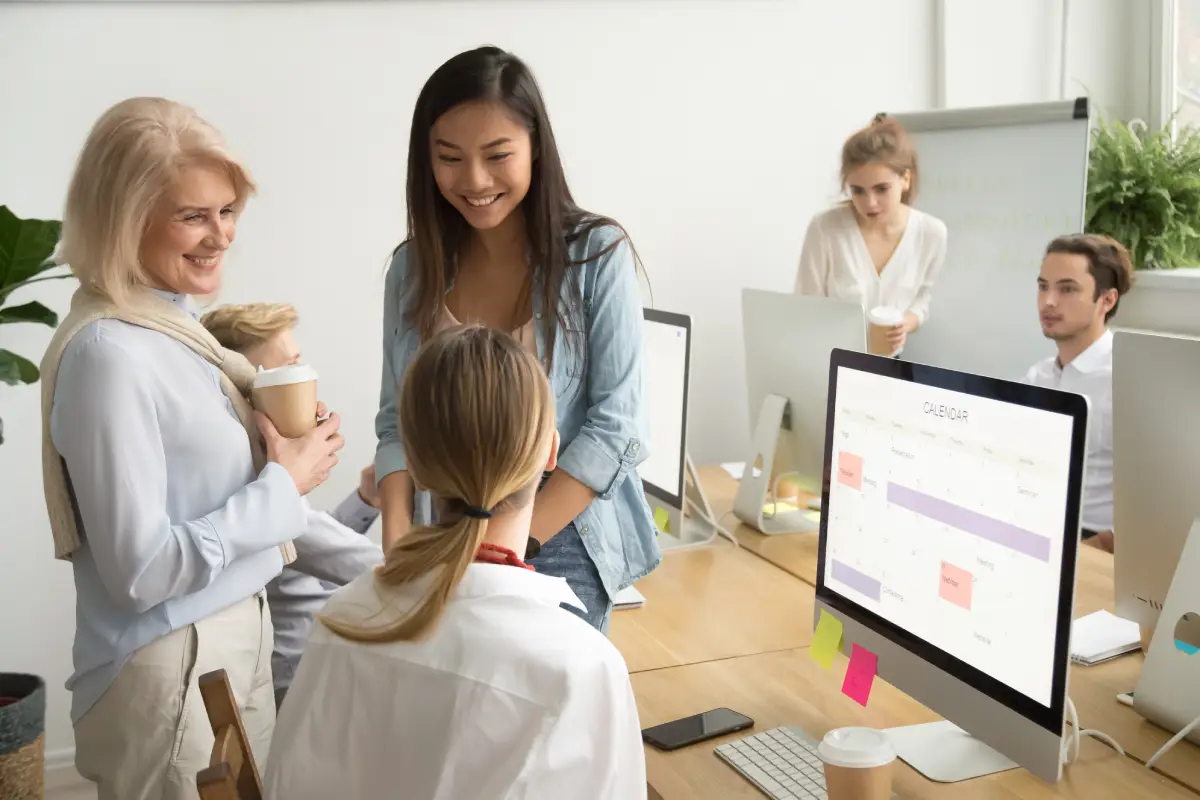The last few days have been eye opening for many with respect to privacy and social media, especially Facebook, which has been caught in the middle of a privacy storm.
What happened – Facebook allowed a third-party developer to create an application for gathering data. And to top this, the developer was able to gather information on not only people who used the app but all their friends — the biggest issue here was that this was done without the users knowing. To read more about the Cambridge Analytica scandal go here.
To quote Facebook founder and CEO Mark Zuckerberg’s response to this, “I’ve been working to understand exactly what happened and how to make sure this doesn’t happen again. The good news is that the most important actions to prevent this from happening again today we have already taken years ago. But we also made mistakes, there’s more to do, and we need to step up and do it.”
Facebook has always been accused of issues with privacy, but only now are acknowledging that they “made mistakes”. The announcement made in January about keeping Facebook only for family and friends and discouraging brands etc. seems to have been (in hindsight) a great “CYA” attempt to protect Facebook from getting mired into more controversies.
With all that’s been happening it’s not a surprise that some of us want to discontinue using Facebook. My argument to that is, if not Facebook, there will be more (another large competitor whose name starts with a letter after Facebook in the alphabet ? who have even larger amounts of data about individuals and their daily habits), so I don’t know if running away from the network is the solution. But there are ways to “safely” use Facebook network as long as we know what we allow and don’t allow Facebook to use.
Table of Contents
ToggleThe Facebook privacy checklist:
How do you ensure which one of your friends can share your or your family’s pictures on Facebook? How do you ensure that when you sign into apps or sites using Facebook, that you control what is being shared or not? How do you choose only people you want to view your live video? Every action you take on Facebook has privacy and sharing implications that need to be considered before you upload that next picture. This checklist has some steps to ensure you know everything there is to know about using Facebook’s privacy settings to your advantage.
The Privacy Checkup
Click on the question mark symbol in the top right of any Facebook page when you’re logged in, and select Privacy Check-up (For a faster check up, you can hit the question mark symbol and select Privacy shortcuts.)
Posts
Check your default sharing setting. Change to “only me” or “Friends”. Do not keep it at Public unless you are a business page or celebrity.
Within the Friends setting, there are more options. Click on the sharing setting button, then the More Options button, you will see the Custom option. You can choose specific friends here or exclude others. If you have joined any Facebook groups or made lists of Facebook friends, you can restrict the posts that way or hide your posts from those groups and lists as well.
You can also change the sharing settings of any individual Facebook update by clicking on the sharing button to the left of the Post button.
Apps
This shows you each app in your account and what sharing permissions it has. These settings also control who can see that you have the app installed.
Delete apps you don’t use by clicking on the x next to each. Set sharing permissions for those you leave to “Only Me”.
Profile
Adjust the privacy setting on your email addresses, birthday, hometown, relationship status and other personal details. Ensure that none of these are set to Public.
Click the My About Page button, which will take you to your profile page. Adjust privacy settings on —Work and Education, Places You’ve Lived, Contact and Basic Info, Family and Relationships, Details About You, and Life Events.
Advanced Privacy Settings
Click the drop down arrow in the top right on any Facebook page, click “Settings,” and then “Privacy” in the left navigation column.
- Who can see my stuff?
- Who can see your future posts?
- Review all your posts and things you’re tagged in
You can use the Activity Log page and select the Posts You’re Tagged In (in the left column) and the Photos > Photos of You (also in the left column) to check out what you’ve been tagged in. You can then remove the tag (click the dropdown arrow on the left of the post or photo and then click on the Remove Tag button at the top of the page) or simply click Hide so they don’t appear on your Timeline.
- Who can contact me?
- Who can send you friend requests?
- Who can look me up?
- Who can you look you up with the email address you provided? You can restrict it to Friends of Friends or just Friends
- Who can look you up using the phone number you provided? Same as the email address.
- Do you want other search engines to link to your timeline?
Facebook only allows information you’ve marked as Public to be shown to other search engines. Regardless, anyone will still be able to find your profile simply by looking up your name in Facebook search.
Timeline and Tagging
- Who can add things to my timeline?
- Who can post on your timeline? Default is set to Friends and the only other option is to allow only yourself to post on your timeline.
- Review posts friends tag you in before they appear on your timeline?If you select this, you’ll have to manually approve any photo or posts you are tagged in before they appear on your timeline. However these updates will still appear in searches, the news feed and other places unless you un-tag yourself.
- Who can see things on my Timeline?
- Review what other people see on your Timeline. Click “View As” to test this with individual people
- Who can see posts you’ve been tagged in on your Timeline? Options range from Everyone to Friends of Friends to custom lists. In addition you can manually approve photos and updates you’ve been tagged in.
- Who can see what others post on your timeline? Same as above.
- How can I manage tags people add and tagging suggestions?
- Review tags people add to your own posts before the tags appear on Facebook? This is an important option if you are concerned about a photo appearing on your profile. You’ll be notified if someone who’s not your friend tags you in a photo.
- Face Recognition- Who sees tag suggestions when photos that look like you are uploaded? Facebook uses face-matching technology to suggest who you should tag in photos. If you don’t want to show up as an option when your friends are tagging photos, set this to No One.
Manage blocking
- Restricted list : Adding someone to the Restricted List means they can see your public information, but they have no way of knowing you’ve limited their view
- Block users: Great setting if you have stalkers or other people consistently bothering you. Note that this does not stop them from interacting with you in apps, games or groups you’re both a part of.
- Block messages: If you’re receiving unwelcome messages and video calls from someone, and it covers the Messenger app too. However they will still be able to post to your Timeline unless you block them as a user (above).
- Block app invites: You can also block app invitations on a user-by-user basis
- Block event invites: You can block this by person or user
- Block apps: You can remove the app or game (see the Apps you use section, below) or block the app, which means it can no longer contact you or get non-public information about you through Facebook.
- Block pages: Block brand or other public pages here, where you’ll also automatically unlike and unfollow the Page.
App settings
- Click on each app to view the information that it is collecting from your Facebook profile – your public profile, as well as things like your friends list, date of birth, pages you like, and more. You can tweak which of these pieces of data can be collected. You can also remove the app entirely from the main screen by clicking the ‘X’, however, that doesn’t delete the information the app already has about you.
- In the future if you’re logging using Facebook, it’s wise to set what info the app can collect –click “Edit This” to choose which data you want to share
Apps, websites and Platforms
The Facebook Platform provides third parties access to personal data you share with Facebook. The Facebook Platform also enables third parties you engage with to collect information on your Facebook friends.
You can disable the Platform. This means you’ll no longer be able to login to websites, mobile games or applications using Facebook or see app requests from friends.
If you choose to keep Facebook Platform enabled, you can still limit your exposure by selecting the data that apps that your Facebook Friends use can access.
Apps others use
When your Facebook friends use certain apps, those apps can also access your public information and more. See the full list below and note most of it is enabled by default. Be sure to go through the list and check off what you don’t want shared. Note that your public profile info, friend list and gender is not on this list – but these are shared with your friends’ apps (unless you turn off Platform)
Follower Settings
Ads:
Click on Ads and remove the Interests that you don’t want to be targeted with, advertisers you’ve interacted with, ad settings and your information.
There are so many steps to keep your information private on Facebook – this post took longer than I expected which tells you that there are many little loopholes. But taking about a half hour to get these settings right will ensure you can still continue to use Facebook and keep your privacy…well for the most part.
Last Updated on April 9, 2024
Subscribe And Receive Free Digital Marketing Tips To Grow Your Business
Join over 8,000+ people who receive free tips on digital marketing. Unsubscribe anytime.





